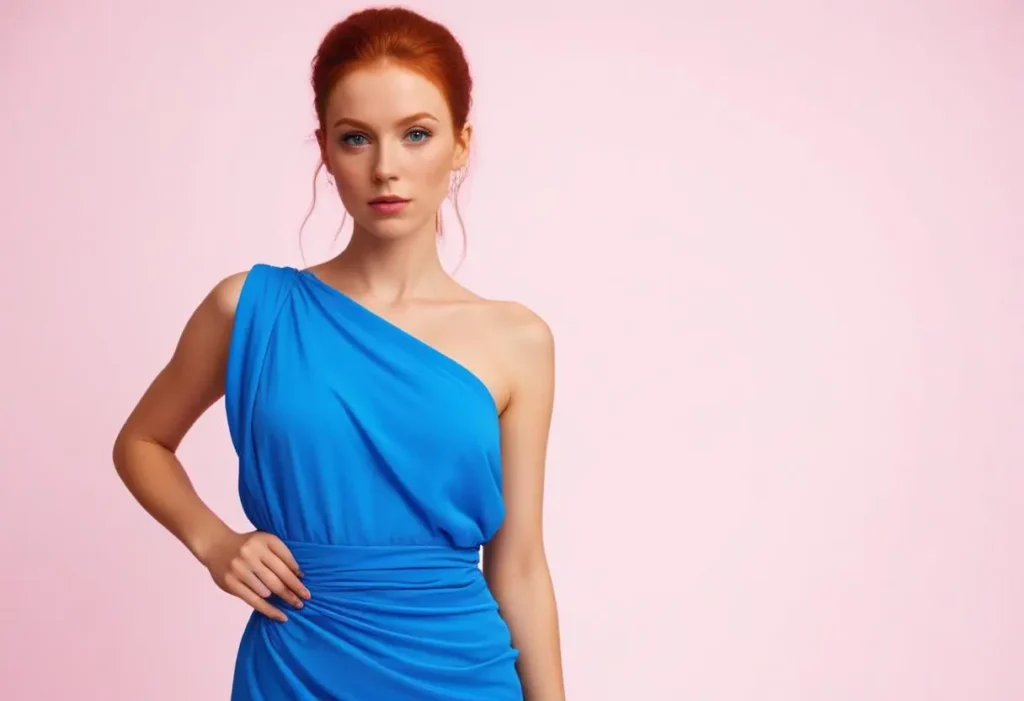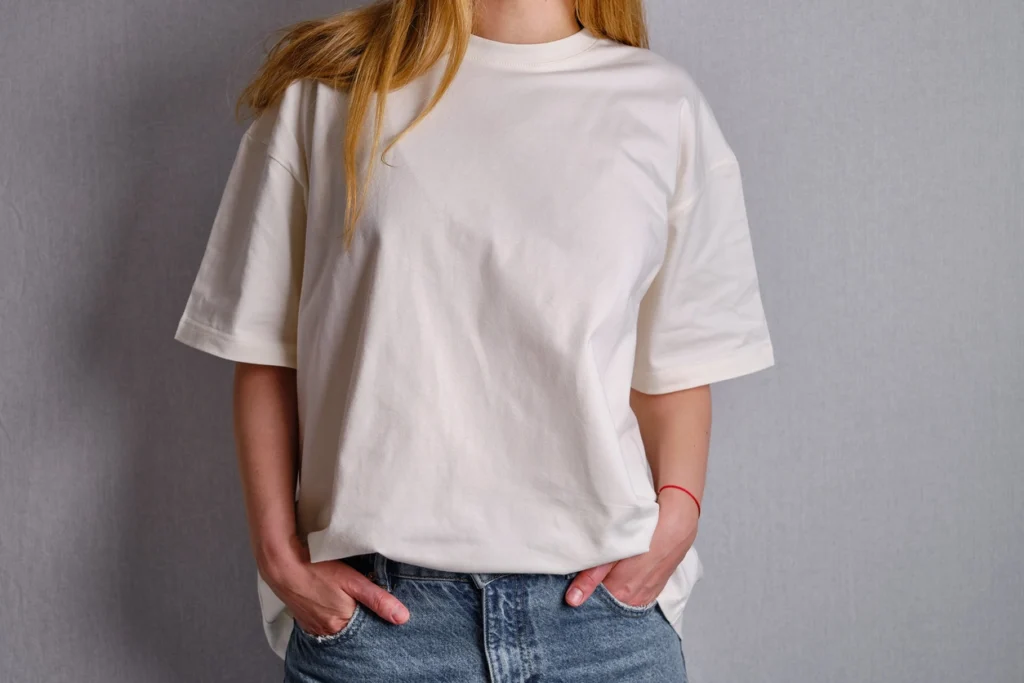Summary
- A well-crafted pattern is the first step to producing quality clothing and mastering all types is crucial to stand out in the industry.
- They range from the most basic for producing simple t-shirts to the most complex for intricate garments, full of details.
- No matter which option you choose, Audaces has the ideal digital pattern creation solution. Try Audaces360 for free today!
Patterns are the famous kraft paper templates present in every fashion company. They guide precise fabric cutting, ensuring the creation of high-quality garments.
But there’s a catch: patterns usually come in two main types. Symmetrical patterns create uniform designs, perfect for mass production. On the other hand, asymmetrical patterns offer creative freedom, allowing for unique creations.
Choosing the right pattern is key to achieving production excellence. Whether you’re aiming for mass-produced classics or one-of-a-kind designs, understanding each one of them is essential.
Let’s dive into the world of patterns and discover their impact. We hope you enjoy your reading!
Sumário
Why is it important to know the different types of patterns for garments?
Knowing the different types of patterns helps you optimize your fashion manufacturing process. The right pattern can significantly enhance efficiency, reduce costs, and ensure superior product quality.
By carefully selecting a pattern that aligns with your needs, you can save on raw materials and minimize defects. Additionally, customers benefit from investing in a product with an extended lifecycle.
Each type of pattern offers unique advantages. They go from production speed and durability to adaptation for different production volumes.
For example, some patterns are ideal for mass production. Meanwhile, others are more suitable for sampling or smaller-scale production.
Understanding the features and benefits of the types of patterns will enable you to make informed decisions. This way, you can achieve optimal results in your manufacturing operations.
Learn more: What is the best way to create a pattern of clothing?
Main types of patterns for your fashion manufacturing
The choice of the best type of pattern depends on the desired design and the features of the product. You should also consider factors such as cost, production time, design complexity, and final application.
The most common types of patterns include:
Asymmetrical garment patterns
Asymmetrical patterns produce parts or products that lack symmetry around a central axis. This means that the features or shapes of the garment vary in different directions.
It results in a final product with complex, non-uniform geometry. The key advantage is the creation of clothing with intricate, unique designs that symmetrical patterns can’t achieve.
They are ideal for designs with irregular shapes, complex curves, or specific details. However, these patterns are more challenging and expensive to manufacture. This is because their refinement requires specialized tools and techniques.
The production process tends to be slower due to the complexity of the shape and the need for precise adjustments.
Learn more: 3 basic principles to create your clothing pattern design
Symmetrical garment patterns

Symmetrical patterns consist of parts or products with symmetry along a central axis. This means that the features or shapes of parts are identical on both sides.
While they have their advantages, they also come with certain limitations. Symmetrical patterns are easier to manufacture due to their symmetry. Their parts are simple to transfer to almost any type of fabric.
These designs also enable faster, more efficient production. Straight lines streamline the cutting process, and digital alterations are easy to make, updating both sides simultaneously.
However, these patterns can be more restrictive in terms of design creativity. Symmetry can limit the variety of shapes and details possible.
Learn more: Understand the importance of a pattern maker for fashion manufacturing
What is the difference between asymmetrical and symmetrical garment patterns?
Asymmetrical patterns provide the freedom to create complex and unique designs. At the same time, symmetrical patterns excel at producing standard clothing.
The best choice depends on the specific product’s requirements, including its design, production goals, and intended use.
Both types of patterns have their strengths and are valuable tools in the fashion manufacturing process.
Download our free ebook and discover expert solutions to streamline your pattern making and marking process!
How to select the best type of pattern for a garment?
Selecting the right pattern for a specific garment is crucial to ensure efficient production and a high-quality product.
Key factors to consider include the production timeline, grading, and the potential for future design adjustments.
A thorough analysis of the project is necessary to choose the best option between the two types of patterns.
Remember to take into account production efficiency, product quality, initial investment, and design flexibility.
Evaluate the design
Garments with intricate, irregular shapes require an asymmetrical pattern. It offers greater precision in reproducing the desired geometry.
For simpler designs with standard patterns, a symmetrical pattern provides a more efficient and economical solution for mass production.
Learn more: 5 reasons why pattern makers should start using 3D pattern
Understand the production volume
For high-volume, consistent production, a symmetrical pattern may be the most efficient choice. It allows for mass production, saving time and costs.
If production is on a small scale or you need to sample designs, an asymmetrical pattern may be more feasible.
Check the available resources
Consider the budget available for the pattern. Symmetrical ones often require a lower initial investment and may be more accessible for mass production.
Assess the availability of technology and the technical skills required for manufacturing the types of patterns. Some may require more advanced solutions or expert labor.
Benefits of each type of pattern for your fashion manufacturing
Still need help selecting the ideal pattern for your project? Check out our tips!
Asymmetrical garment patterns

Creative and exclusive design
Asymmetrical designs, where both sides of a garment are different, offer a unique and sophisticated aesthetic. The complexity involved in creating these designs is evident in the final product.
These styles are popular in women’s fashion, particularly in blouses, skirts, and dresses. They appeal to customers who desire modern and fashionable clothing.
High perceived value
The distinctive nature of these garments allows you to charge a premium price. The added complexity and attention to detail in their production result in higher costs.
You can pass on these higher costs to the consumer, especially when using premium fabrics.
For large-scale production, robust quality control is essential to ensure consistency and minimize waste.
Learn more: Create a spiral pattern in 4 easy steps using your computer
Customization
Asymmetrical patterns make it easy to create one-of-a-kind designs. If you want to add an exclusive item to your collection, consider this option.
Rather than relying on unique materials or costly embellishments, focus on an asymmetrical cut.
Symmetrical garment patterns

Facilitates mass production
Symmetrical patterns, identical on both sides, are ideal for mass production. Their continuous lines make them quick to produce and reduce errors that can lead to material waste.
These patterns are most commonly used for producing basic clothing items such as jeans, jackets, and t-shirts.
Learn more: Learn how to create denim patterns for your next collection
Reduces material usage
Yes, symmetrical patterns can reduce material waste. However, this is only true if the pattern is well-made.
Strive for a balance between a pattern that results in a garment with a good fit and that performs well in terms of marking.
The less space between the pattern parts in the marking stage, the less fabric you’ll use.
Ensures consistency
By ensuring the creation of top-quality patterns, you guarantee that all garments will be consistent throughout production.
This means that whether you produce 100 or 100,000 units, today or five years from now, they will all have the same fit and drape.
Even for basic garments, this increases the consumer perception of high quality. It can also reflect in the price you charge, creating the opportunity to increase your profit margins.
Learn more: Best tips for working with print pattern fabrics
Produce the main types of patterns for garments 100% digitally

Audaces Pattern
For pattern makers seeking excellence, Audaces Pattern is the ideal solution. It guarantees that your work reaches a new level of efficiency and precision.
With its dynamic and versatile approach, it is possible to develop high-quality patterns, regardless of complexity. It includes intricate patterns and designs with curves and details.
Refine everything to perfection, ensuring that your creative vision translates into patterns. This advanced solution will assist you with all your pattern making endeavors!
Audaces 3D
Audaces 3D is the essential solution for pattern makers to bring creations to life in a three-dimensional mannequin.
You can test your digital pattern before committing to a physical sample. This is your chance to check if all your types of patterns are successful or if they need tweaking in the 2D step. Identifying issues early in the workflow helps save time and resources.
With various tools and possibilities, this software transforms the creative and development processes. Seamlessly experiment with designs featuring intricate elements, including all types of patterns.
Additionally, it enables you to shape your ideas directly in a digital environment, gaining agility and quality in deliveries.
Discover Audaces360 and unlock a world of possibilities for pattern development. Explore our comprehensive suite of tools today!
FAQ
Knowing the different types of patterns helps you optimize your fashion manufacturing process. The right pattern can significantly enhance efficiency, reduce costs, and ensure superior product quality.
Asymmetrical garment patterns and symmetrical garment patterns.
Asymmetrical patterns provide the freedom to create complex and unique designs. At the same time, symmetrical patterns excel at producing standard clothing.






